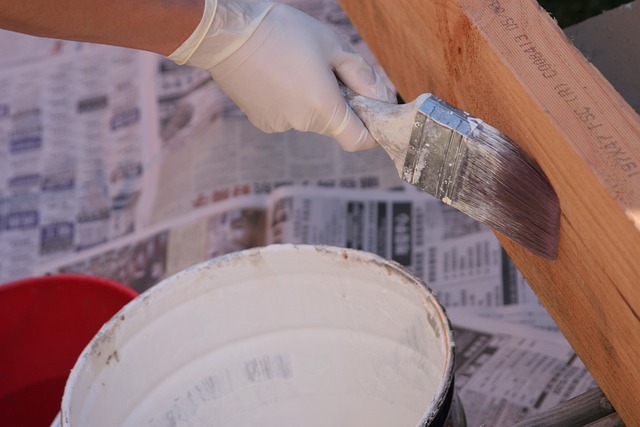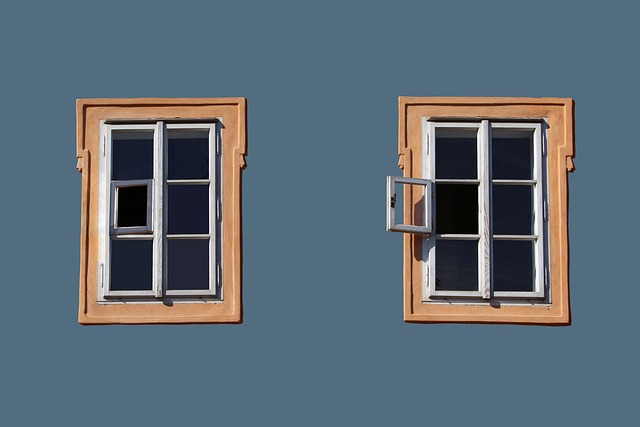Affordable Eco-Friendly Siding Options: Green Materials for Your Home’s Exterior
When it comes to sustainable siding materials, one popular option is wood. Wood siding is biodegradable and renewable, making it an eco-friendly choice for homeowners. Cedar, pine, and redwood are commonly used for wood siding due to their durability and natural resistance to insects and rot.
Another sustainable siding material is fiber cement. Made from a combination of wood fiber, cement, and sand, fiber cement siding is long-lasting and low maintenance. It is also resistant to rot, fire, and bugs, making it a practical choice for eco-conscious homeowners looking for a durable and sustainable option for their homes.
Benefits of Choosing Eco-Friendly Siding
One of the primary benefits of choosing eco-friendly siding is the positive impact it has on the environment. By opting for sustainable materials, homeowners can significantly reduce their carbon footprint and contribute to the preservation of natural resources. Eco-friendly siding options like reclaimed wood, bamboo, or recycled vinyl help lessen the demand for new materials and reduce the amount of waste going to landfills. This environmentally conscious choice not only benefits the planet but also promotes a healthier ecosystem for future generations.
In addition to its environmental advantages, eco-friendly siding offers long-term cost savings for homeowners. While the initial investment may be slightly higher than traditional siding materials, the durability and energy efficiency of eco-friendly options can result in reduced maintenance and utility costs over time. Superior insulation properties of sustainable siding materials can help regulate indoor temperatures, leading to lower heating and cooling expenses. By choosing eco-friendly siding, homeowners can enjoy both environmental benefits and long-lasting financial advantages.
Factors to Consider When Selecting Green Siding
When selecting green siding for your home, one crucial factor to consider is the material’s durability. Opting for a sustainable siding option that can withstand the elements and requires minimal maintenance will save you time and money in the long run. Additionally, choosing a material that is resistant to pests and rot will help prolong the lifespan of your siding.
Another important consideration when choosing green siding is its energy efficiency. Selecting a material that provides good insulation can help regulate the temperature inside your home, reducing the need for heating and cooling systems. Look for siding options with high energy efficiency ratings to create a more sustainable and comfortable living environment while also lowering your energy bills.
What are some common types of sustainable siding materials?
Some common types of sustainable siding materials include reclaimed wood, bamboo, recycled metal, fiber cement, and stone.
What are the benefits of choosing eco-friendly siding?
Choosing eco-friendly siding can help reduce your environmental impact, improve energy efficiency, enhance indoor air quality, and increase the value of your home.
What factors should I consider when selecting green siding?
When selecting green siding, consider factors such as durability, maintenance requirements, cost, energy efficiency, aesthetic appeal, and the environmental impact of the material.







